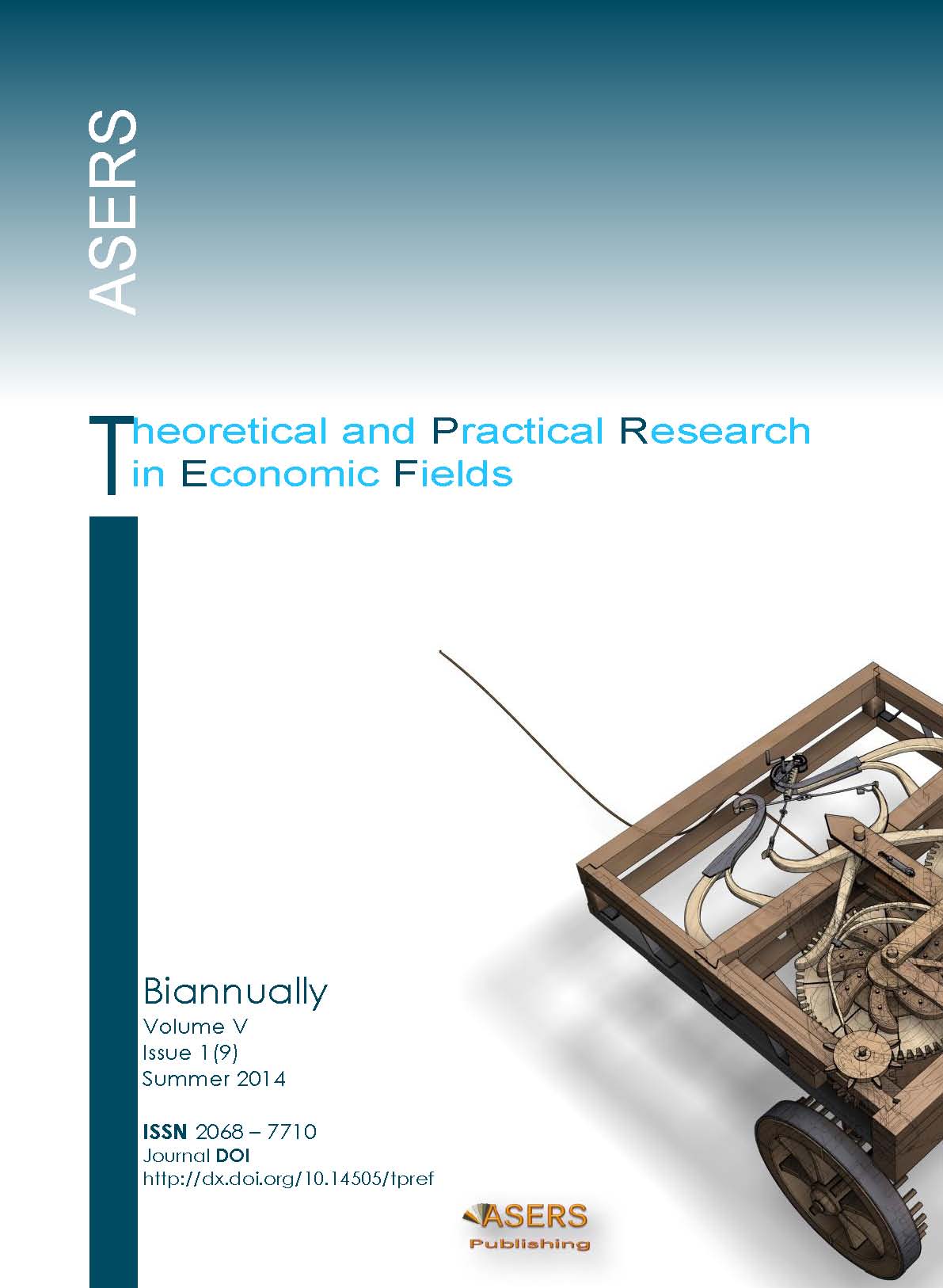SURFING ON THE TIDE? LEAST-DEVELOPED COUNTRIES TRADE DURING THE GREAT GLOBAL TRANSITION
Abstract
The rebalancing of global demand towards large emerging countries and the resulting long-lasting cycle of high international commodity prices had a profound impact on LDC trade. This process contributed to a wider geographical diversification of LDCs' exports but led also to a greater reliance on those highly priced commodities. LDCs remain particularly vulnerable to external shocks; the 2008-2009 global crisis and the bumpy transitional recovery that followed illustrate the fragility of the recent trends. A slowdown in the growth of large emerging countries may end the commodity "super-cycle", deepening LDCs' structural trade imbalances. In such a perspective, renewed efforts towards extensive product diversification are called for. Fostering diversification has been supported for many years by preferential market access to develop and --more recently-- to emerging countries. But preferences alone are not sufficient to improve the supply-side capabilities of most LDCs. The new business models related to global value chains offer new opportunities to LDCs for export diversification and trade facilitation is one of the key components of this diversification strategy.
References
[2] Bureau, J-C, Chakir, R., Gallezot, J. (2006). The utilization of EU and US Trade Preferences for Developing Countries in the Agri-Food Sector, Institute for International Integration Studies. Discussion Paper 193.
[3] Buysa, P., Deichmann, U., Wheele, D. (2010). Road Network Upgrading: Overland Trade Expansion in Sub-Saharan Africa, Journal of African Economies, 19 (3): 399-432.
[4] Diakantoni, A. and H. Escaith. (2009). Mapping the Tariff Waters, WTO Staff Working Paper ERSD-2009-13
[5] Disdier, A-C, Fontagné, L., Mimouni, M. (2013). Tariff Liberalization and Trade Integration of Emerging Countries, CESIFO Working Paper No. 4425.
[6] Djankov, S., C. Freund; C-S. Pham. (2010). Trading on Time, Review of Economics and Statistics, 92(1): 166-173.
[7] Hoekman, B., Ozden, C. (2005). Trade Preferences and Differential Treatment of Developing Countries: A Selective Survey, World Bank - Research Department.
[8] Honeck, D. (2012). LDC Export Diversification, Employment Generation and the "Green Economy": What roles for tourism linkages?, WTO Staff Working Paper ERSD-2012-24.
[9] Hummels, D., Jun Ishii, and Kei-Mu Yi. (2001). The Nature and Growth of Vertical Specialization in World Trade, Journal of International Economics, 54(1): 75-96.
[10] Jara, A., Escaith, H. (2012). Global Value Chains, International Trade Statistics and Policymaking in a Flattening World, World Economics, 13(4): 5-18.
[11] Keck, A., Lendle, A. (2012). New evidence on preference utilization, WTO Staff Working Paper ERSD-2012-12.
[12] Lenzen, M., Kanemoto, K. Moran, D., Geschke, A. (2012). Mapping the structure of the world economy, Environmental Science & Technology, 46(15): 8374–8381.
[13] Mbaye, A.A, Gueye, A. (2014). SPS standards and international competitiveness in Africa: the case of Senegal' in Connecting to Global markets: Challenges and opportunities presented by WTO chair-holders; WTO.
[14] Milberg, W., Winkler, D. (2013). Outsourcing Economics: Global Value Chains in Capitalist Development, Cambridge University Press.
[15] Mohapatra, S., Ratha, D., Silwal, A. (2010). Outlook for Remittance Flows 2011-12: Recovery After the Crisis, But Risks Lie Ahead, Migration and Development Brief 13, Migration and Remittances Unit, World Bank: Washington DC.
[16] Sutton, J. (2012). Competing in Capabilities: The Globalization Process, Clarendon Lectures in Economics, Oxford University Press.
[17] Varma, S. (2009). Facilitating Temporary Labour Mobility in African Least-Developed Countries: Addressing Mode 4 Supply-Side Constraints, Issue Paper No. 6, International Centre for Trade and Sustainable Development (ICTSD): Geneva.
[18] Zedillo, E., Messerlin, P. Nielson, J. (2005). Trade for Development, UN Millenium Project.
*** ITC. (2010). ITC Trade Map Factsheet: LDC Trade Recovery in 2009, 29 January, Geneva.
*** ITC. (2013). LDC Services Exports: Trends and Success Stories, Geneva.
*** OECD and WTO. (2012). Trade in Value-Added: Concepts, Methodologies and Challenges, Made in the World Initiative http://www.wto.org/miwi
*** UNCTAD. 2007. Review of Maritime Transport, 2007, UNCTAD/RMT/2007.
*** World Bank. (2010). Outlook for Remittance Flows 2010-2011, Migration and Development Brief, World Bank, Washington, DC.
*** WTO. (2011). World Trade Report: The WTO and preferential trade agreements, from co-existence to coherence, Geneva.
*** WTO. (2013). LDC Services Waiver: Background Note by the Secretariat, JOB/SERV/135
*** WTO. (2013b). Fourth Global Review of Aid for Trade: “Connecting to value chains”', 8-10 July, Geneva.
*** WTO. (2013c). World Trade Report: Factors shaping the future of world trade, Geneva.
*** WTO. (2013d). Market access for products and services of export interest to least developed countries' WT/COMTD/LDC/W/58, September.
*** WTO and IDE-JETRO. (2011). Trade patterns and global value chains in East Asia: From Trade in Goods to Trade in Tasks, Geneva and Tokyo.
Non-Exclusive License under Attribution 4.0 International Public License (CC BY 4.0):
This ‘Article’ is distributed under the terms of the license CC-BY 4.0., which lets others distribute, remix, adapt, and build upon this article, even commercially, as long as they credit this article for the original creation. ASERS Publishing will be acknowledged as the first publisher of the Article and a link to the appropriate bibliographic citation (authors, article title, volume issue, page numbers, DOI, and the link to the Published Article on ASERS Publishing’ Platform) must be maintained.
